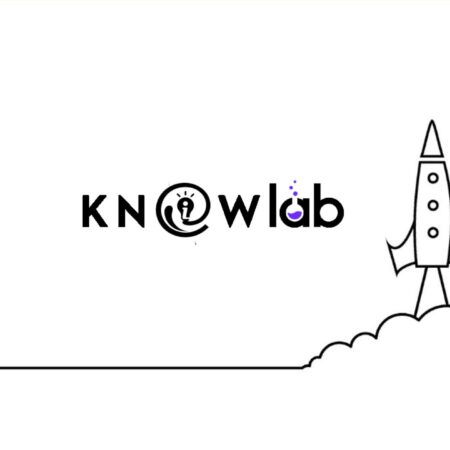 There are many reasons why a data migration would take place. Their system may need an update, merged with data from outside sources, have a data warehouse established, or have a database upgraded. Besides these reasons, data migration also takes place when an existing system has another system launched with it. While there is a difference in the way they are launched, there needs to be a common plan for data migration that covers everything.
There are many reasons why a data migration would take place. Their system may need an update, merged with data from outside sources, have a data warehouse established, or have a database upgraded. Besides these reasons, data migration also takes place when an existing system has another system launched with it. While there is a difference in the way they are launched, there needs to be a common plan for data migration that covers everything.
Determine Your Source
Prior to the migration, there needs to be an understanding of the data that is migrating and the way the new system will integrate it. You also need to know the amount of data that is making the transition.
The data may contain different areas that won’t need mapping. Some areas may not be present at the source and may need to fill spaces with other sources.
Other than the areas of data being fulfilled before the transfer, there should be a data audit run to ensure that there are no issues or incomplete areas in the data. If you find out that the amount of problems is too much, then you may want to reconsider the data migration.
If the source is unknown, you may experience a lot of time wasted with the migration. Plus, a flaw could occur in the mapping of the data and could prevent progress.
Planning the Data Migration
The data migration plan needs to be defined so that everyone knows what is being conducted. This includes designing the solution and describing the process of the migration.
When your planning is considered, the timelines can be determined. By the time everything is planned, it should have plenty of documentation.
Also, it is important to keep data security in mind and should protect the data as part of the plan.
Develop the Solution for Migration
Although you may think that not much is needed for developing a migration, it is important to get it right since you may only need to conduct it once. A way to pull this off is to have the data broken down and then create categories individually, and then test them. When the migration is significant, then the build and testing should be side by side.
Perform Tests Live
Besides the code being tested as it is built, you should also test the design of the migration against real data. This will ensure that the application and implementation is accurate and complete. When ready, you can implement the plan.
Auditing the Data
Now that you are live with the implementation, you should have an auditing system in place that audits the data to ensure that the migration remains accurate.
Incorporating Software for Data Migration
Implementing a migration of data can be a challenge when it is from scratch. Having tools and software can provide an efficient way to conduct the migration. As you seek software to conduct your data migration, it should have the following characteristics:
- Secure – The software you implement needs to provide data security so that your data remains safe.
- Scalable – They should be able to handle the amount of data you have to migrate.
- Connectible – The software needs to be able to connect and provide system support to existing software.
Conducting a Cloud Migration
Many companies today decide to conduct a cloud migration for their data. This cloud migration will allow the company to enjoy scalability and decrease the amount of resources needed for technical purposes. When you migrate to the cloud, having the right cloud is important. By having the right type of integration of the cloud, you will be able to enjoy a faster migration that is secure and scalable.
Start Your Data Migration Today
When your company plans to upgrade its system or wants to move to a secure cloud, then data migration needs to be accomplished. Not only will the migration be important, but it will ensure that the data’s integrity is maintained. If your data needs to be migrated to a new system, then you should get in touch with professional cloud services today.



